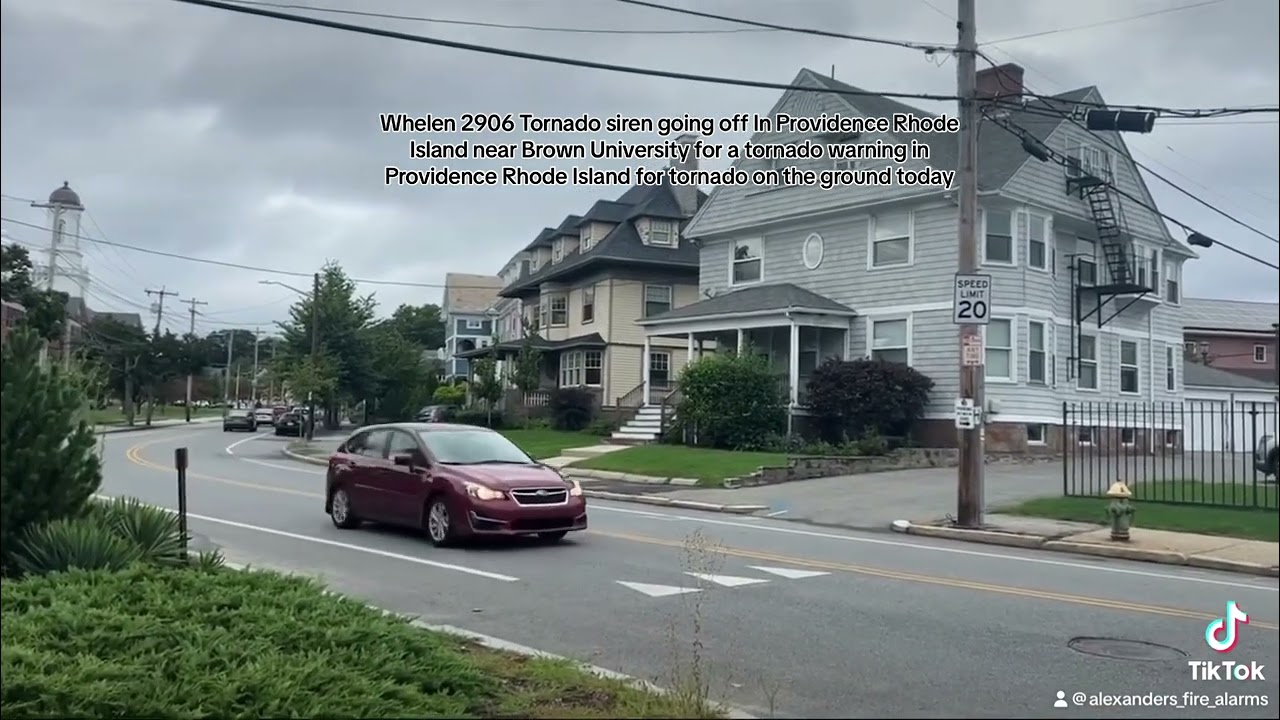Introduction to City-Wide Sirens in Rhode Island
City-wide sirens play a vital role in alerting residents and visitors in Rhode Island towns during emergencies. These sirens serve as an audible warning system, ensuring that crucial information reaches as many individuals as possible. By providing immediate alerts and instructions, city-wide sirens contribute to saving lives and minimizing property damage in times of crisis.
Understanding the Importance of Sirens in Towns
In a state like Rhode Island, where severe weather events, such as hurricanes and blizzards, are not uncommon, city-wide sirens are crucial for public safety. These powerful warning systems are designed to notify residents and visitors of potential dangers, including severe weather, hazardous material incidents, and public safety threats. Sirens offer a direct and immediate means of communication that can reach a broad audience, including those who may not have access to traditional communication channels, such as the internet or cellphones.
History of City-Wide Sirens in Rhode Island
The implementation of city-wide sirens in Rhode Island began in the mid-20th century. Initially, these sirens were primarily used to alert communities of potential nuclear threats during the Cold War era. Over time, the purpose of city-wide sirens expanded to include weather-related emergencies and other critical situations. The development of advanced siren technologies has led to more efficient and effective warning systems across the state.
Evaluating the Current Siren Systems in Rhode Island
Rhode Island has made significant investments in enhancing its city-wide siren systems. The current state of sirens varies across different towns, with some communities relying on traditional sirens mounted on poles, while others utilize modern electronic sirens with voice capabilities. Regular maintenance and testing are essential to ensure the reliability and functionality of these systems.
Factors Influencing the Implementation of Sirens
Several factors contribute to the decision-making process for implementing city-wide sirens in Rhode Island towns. The vulnerability of a town to specific risks, population density, funding availability, and local government policies all play a role. Additionally, input from emergency management officials, public safety agencies, and community members is taken into consideration when determining the need for sirens in a particular area.
Examining the Effectiveness of Sirens in Rhode Island
The effectiveness of city-wide sirens in Rhode Island can be measured by their ability to promptly alert and inform residents during emergencies. Public response and adherence to safety instructions provided through sirens are essential indicators of effectiveness. While sirens serve as an initial warning, it is crucial for individuals to have additional means of obtaining real-time updates and instructions from official sources.
Comparing Siren Systems Across Rhode Island Towns
The siren systems employed across Rhode Island towns exhibit variations in terms of technology, range, and coverage. Some towns have invested in advanced siren systems capable of providing voice instructions, while others rely on simpler, but still effective, traditional sirens. Evaluating and comparing these systems allows for the identification of best practices and areas for improvement to ensure consistent and reliable warning capabilities statewide.
Challenges Faced in Maintaining City-Wide Sirens
Maintaining city-wide sirens poses several challenges. Regular inspections, repairs, and upgrades are necessary to keep the systems fully functional. Factors such as extreme weather conditions, vandalism, and technical malfunctions can affect the reliability of sirens. Adequate funding is crucial to address these challenges and maintain the readiness of the siren systems in Rhode Island towns.
The Role of Sirens in Emergency Preparedness Plans
City-wide sirens play a central role in emergency preparedness plans in Rhode Island towns. These plans outline procedures for activating sirens, notifying emergency response agencies, and communicating critical information to the public. Sirens, alongside other communication channels, such as social media, radio, and television, contribute to a comprehensive and multi-faceted approach to emergency preparedness.
Public Opinion on City-Wide Sirens in Rhode Island
Public opinion regarding city-wide sirens in Rhode Island is diverse. Some individuals appreciate the sense of security and immediate warnings provided by sirens, while others express concerns about the potential for false alarms and the impact of loud sirens on individuals with sensory sensitivities. It is crucial for local authorities to engage with the public, address concerns, and ensure that sirens are part of a well-rounded emergency alert system that meets the needs of all residents.
Exploring Alternatives to City-Wide Sirens in Towns
As technology advances, alternative methods for emergency alerts are being explored to supplement or replace city-wide sirens. These alternatives include text message alerts, smartphone applications, and social media notifications. While these methods can provide more targeted and personalized alerts, they may not reach individuals who do not have access to digital platforms or may not immediately notice notifications on their devices. A combination of sirens and digital alerts can ensure a comprehensive approach to emergency warning systems.
Conclusion: Future of City-Wide Sirens in Rhode Island
City-wide sirens will continue to be an essential component of emergency preparedness and response in Rhode Island towns. As technology evolves, it is crucial to adapt and upgrade siren systems to ensure their effectiveness and accessibility. Public input and ongoing evaluation will shape the future of city-wide sirens, ensuring that they remain reliable, efficient, and responsive to the unique needs and challenges faced by Rhode Island communities.





